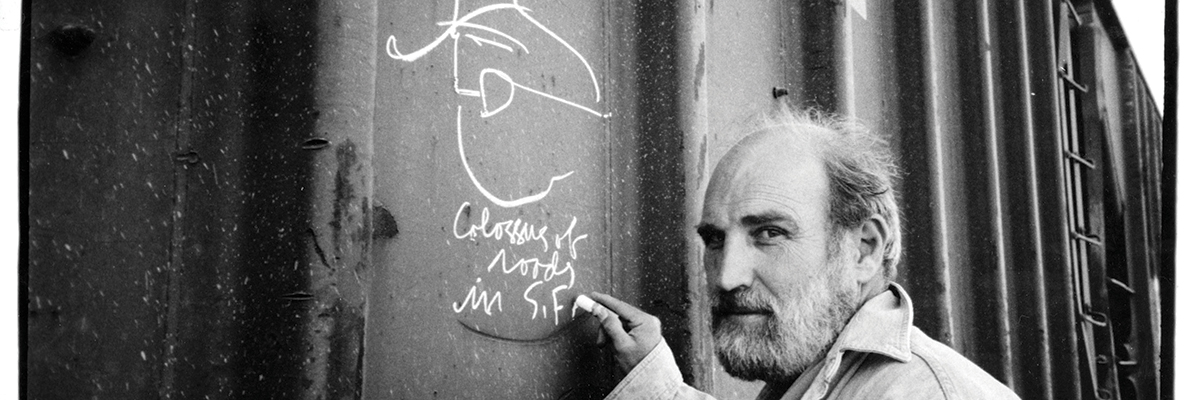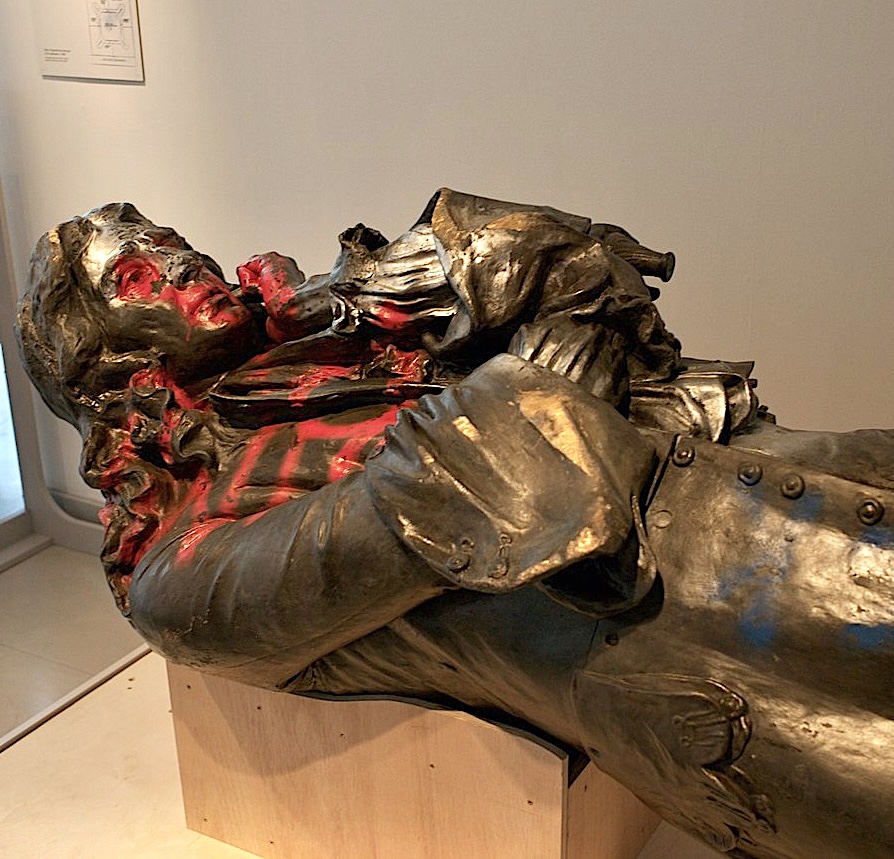Milkwood Tree, Cape Town
2016 - Photography (Photography)
150 x 120 cm
Uriel Orlow
The series The Memory of Trees is specifically about trees, and what trees have witnessed in South Africa: for example, trees that were used as locations for slave trading, or trees that was during the anti-Apartheid struggle as a kind of identifier for a safe house for activists who were fleeing from security forces. Trees and plants are connected and embedded in history; but not only as witnesses and onlookers; Orlow tries to think about plants as active agents in history. This perspective allows for an oblique view of history especially when it comes to specific loci of violence such as in South Africa. This alternative approach to history was useful to the artist as not only a different means of addressing precise events, but also as a way of engaging with the environment and considering how the environment engages with us. From here a longer-term temporality, an organic, cyclical, multi-dimensional and multi-species time opens up. This ancient milkwood tree is over 500 years old and stands in Cape Town’s post-industrial suburb of Woodstock. It was in this spot, on Cape Town’s original beachfront, in 1510, that the Portuguese explorer, Dom Francisco de Almeida and his men were attacked and killed by the Khoikhoi, who revenged cattle raids, abductions and extortion. In later centuries, the tree became known as the Old Slave Tree of Woodstock. Under its shade, slave masters bartered away humans and from its branches ‘disobedient’ slaves were hung. In the early 19th century the tree was renamed ‘The Treaty Tree’ to commemorate the start of the second British occupation of the Cape. It was here, following their defeat in 1806, that Dutch forces signed capitulation conditions, effectively transferring control of the Cape to Britain.
In his research-based and process-oriented practice Uriel Orlow’s work is concerned with “spatial manifestations of memory, blind spots of representation and forms of haunting”. He is best known for his single-screen film works, lecture performances and modular, multi-media installations that focus on specific locations and micro-histories, bringing different image regimes and narrative modes into dialogue. Orlow’s major work Theatrum Botanicum (2015–2017) considers the botanical world as a stage for politics. According to the artist the project aims to show “plants as witnesses and actors in history, as dynamic agents linking nature and humans, tradition and modernity – across various geographies, histories and knowledge systems.” Addressing questions of ‘botanical nationalism’ and other legacies of colonialism, plant migration, bio-piracy, flower diplomacy under apartheid, the role of classification and naming of plants as well as the garden planted by Mandela and his fellow inmates in Robben Island prison, this project highlights the research intensive nature of his work and the various aesthetic strategies that he employs as a means of unveiling obfuscated power relations and the narrativization of history.
Colors:
Related works sharing similar palette
» see more

© » BROOKLYN STREET ART
buZ Blurr, One Telling of the “Origin Story” at Straat Museum Amsterdam | Brooklyn Street Art BROOKLYN STREET ART LOVES YOU MORE EVERY DAY In the shifting culturescapes of urban contemporary art, STRAAT Museum’s latest exhibition, “Moniker: An Origin Story,” emerges as a poignant narrative that bridges the transient heritage of hobo monikers with the vibrant pulse of today’s street art scene...

© » KADIST
Oscar Munoz
2009In Ante la imagen (Before the Image, 2009) Muñoz continues to explore the power of a photograph to live up to the memory of a specific person...
Related artist(s) to: Uriel Orlow » Ekaterina Degot, » Lars Cuzner, » Basel Abbas, » David Riff, » Harun Farocki, » Jumana Manna, » Keti Chukhrov, » Sille Storihle, » Aeron Bergman, » Ala Plástica
» see more

© » KADIST
Jumana Manna
2015Blue Elbow (Coude bleu) is made from plaster, burlap, lacquer, pigments and plastics...

© » KADIST
Harun Farocki
2009For Immersion , Harun Farocki went to visit a research centre near Seattle specialized in the development of virtual realities and computer simulations...
Related works found in the same semantic group
» see more

© » KADIST
Joscelyn Gardner
2009Creole Portraits III alludes to the 18th century practice by slave women on Caribbean plantations of using tropical plants as natural abortifacients...

© » KADIST
Noé Martínez
2019As he investigates the forms that slavery took through different events that occurred during the sixteenth century in the Huasteca region of Mexico, Noé Martínez tells, in a non-linear narrative, the history of human trafficking in Relación de tráfico de personas 1525-1533 I (Study of Trafficking of Persons 1525–1533 I) ...

© » KADIST
Adriana Bustos
2018El mar y sus múltiples afluentes (The Sea and its Multiple Tributaries) builds on the concept of trafficking that Adriana Bustos has been exploring over the last decade...



